Ceramic tile flooring is beautiful, durable, stain-resistant, and almost maintenance-free. Knowing the average cost of installation before making a purchase will help you better with managing your restoration budget. There is a large variety of flooring tile sizes, shapes, colors, and textures available. The price ranges from $1 to $20 per square foot for tiles. The majority of homeowners pick durable glazed ceramic tile . It is widely available, and the hard surface glazing is available in an almost unlimited array of hues. Depending on the amount of prep work required, professional installation costs an extra $5 to $10 per square foot, bringing the total cost to $7 to $14 per square foot.
 Ceramic
Ceramic
The cost to install a tile floor in a 10×15-foot area is from $1,050 to $2,100. Both the cost of materials and labor to install decorative trim and intricate patterns can be greatly increased by the addition of decorative elements and intricate patterns. Other popular flooring tile varieties include: Quarry tile is an glazed ceramic tile kind. Before firing, pigments are put on the clay body of the tile to provide earthy hues. Porcelain tile is highly durable and hardy. It is available with or without glazing and is a fantastic option for outdoor applications. Terra-cotta is an unglazed tile that is among the least durable flooring tiles, although it must be sealed frequently to prevent stains. Ensure you choose floor-grade terracotta tiles. The natural beauty of stone tiles such as granite, slate, and marble are highly esteemed. To minimize discoloration, most stone tiles require frequent cleaning. Although there are various high-traffic areas both inside and outside the home, the kitchen and bathroom are the most common places to install tile, followed by hallways and laundry rooms.
Ceramic tile flooring cost
The cost of ceramic and porcelain tile may vary considerably. Not only can you find mosaics in a number of sizes and shapes that may be used for shower floors, backsplashes, or shower decorations, but you can also install a single tile in a dozen different ways, making each tile work unique. The cost of installing tile varies based on the location and kind of tile used. Here are three locations where tile is effective. You should definitely consider ceramic tile. If you can tolerate the fact that tile can be cold and rough on your feet, it is a terrific option. There are several options for kitchen flooring, including stone and marble looks, as well as wood plank styles. Keep in mind that the majority of designers prefer larger boards (12 x 24 inches) and that tile sizes are increasing. To give the kitchen above a contemporary coastal appearance, we paired a 12 x 24 porcelain with a stained concrete impression with classic white cabinets and white quartz countertops. This 12′ x 15′ kitchen would cost between $1500 and $2000 in materials. Installation by a professional would cost between $1,500 and $2,000. Clearly, the cost of tile varies based on the nature of the project. Remember that other expenses, like setting materials, grout, sealants, cement board, levelers, and spacers, will be added to your budget. Professional installation typically costs between $6.50 and $15 per square foot, depending on the installation’s complexity. Other labor-related costs that may be necessary include: Existing floor coverings are being removed. Balance of the feet Other substrate preparation chores to ensure a proper installation.
Ceramic tile flooring installation
DIY installation may be enticing if you want to save money on installation fees. Putting in your own ceramic flooring tile is not difficult, but it does need forethought and specific materials and equipment. A well-prepared subfloor is the foundation of every tiling installation. Install cement backer board first to provide a level, flat surface for the tile. There are many thicknesses of 3×5-foot sheets of backing board available. The boards are composed of sand and cement and reinforced with fiberglass mesh. They are durable, rot-resistant, and exceptionally stable; they will not contract or expand in response to changes in humidity. With the exception of carpets, you may place backer board directly over previously installed flooring surfaces that are clean and free of defects. On concrete floors or existing ceramic tile floors, a backer board is not required since tile may be put directly into the concrete or intact ceramic tile. On the subfloor, the cement backer board is fixed and cemented. The Backer board is cut by repeatedly slicing it with a utility knife and then exerting pressure from behind the cut to shatter it. Using a 1/4-inch notched trowel, spread thin-set mortar in accordance with the manufacturer’s instructions. Before attaching the board with specific backer board screws using an electric drill, apply even palm pressure to the mortar bed. Maintain a 1/4-inch gap between consecutive sheets, and then tape the seams using self-adhesive cement board mesh tape. To finish the joints, apply a thin set over the tape. The tiles will be buttered by a skilled installer, who will then press each one into position. If the tiling is loose and uneven, it was not crushed or installed properly and must be removed. Some installers prefer to attach the subfloor with wood glues or construction adhesives instead of thin-set mortar, but this is more prevalent in new construction than in renovations or overlays.
Ceramic tile flooring
Ceramic tile flooring is one of the most widely utilized forms of flooring in homes and offices throughout the globe. Ceramic tile is advantageous to you and your home since it is present in nearly every room. Ceramic tiles are functional, visually attractive, and useful. ou will be astounded by the range of sizes, shapes, and textures available for constructing a floor or wall in your dream world. Continue reading to discover other advantages of ceramic tile. Clay, sand, and glass are the primary components used to create ceramic floor tiles. Combining these components with other recyclable materials produces ceramic tile. Numerous ceramic tiles are manufactured from recyclable components. In addition to conserving energy, ceramic tile keeps your home cool in the summer. During the winter, ceramic wall tiles might assist to insulate your home. Taking care of ceramic tiles is a breeze, from basic cleaning to optional sealing. Other than cleaning, no other maintenance is required. Wipe and sweep! There is no simpler or clearer explanation than that. After spills, ceramic flooring is simple to clean and sanitize, making it a popular choice for kitchen floors. If the grout becomes soiled, you may use a grout cleaner to help remove the dirt. Ceramic tiles are affordable. As with other tiles, the costlier the project, the more luxurious the tile; the more intricate the pattern, the higher the price. There are hundreds of distinct varieties of ceramic tiles throughout the globe. There are several forms, colors, styles, and patterns. The best ceramic tile wood homes get a greater price, and homes with ceramic floors have a higher total market value. Ceramic floor tiles, unlike carpets, do not gather dust and dust mites. Ceramic tiled homes have less dust in the air, making the air significantly healthier by lowering the number of allergens in the home. This is an excellent advantage for persons with dust allergies. 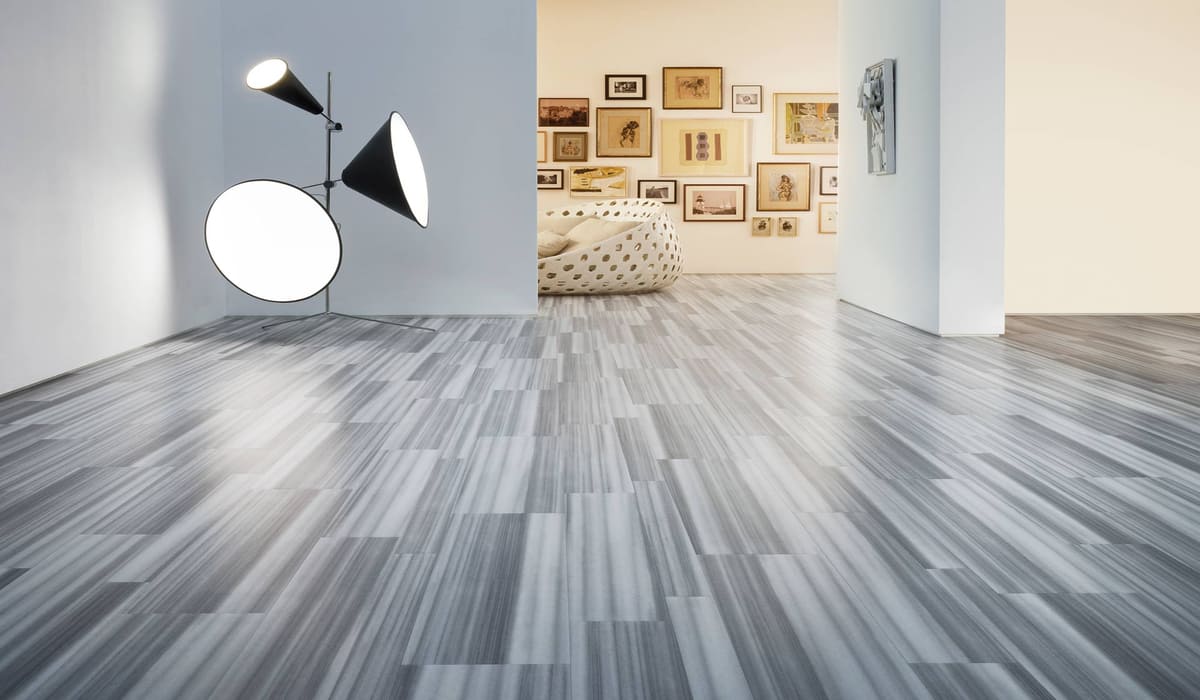
Ceramic tile installation
Preparation is the key to ceramic tile installation successfully. The actual process of laying floor tile with mortar and grout is relatively simple if you have a firm subfloor, a reasonable layout, and all the necessary tools and materials. Ceramic tile is a popular floor covering for bathrooms, kitchens, and hallways due to its exceptional water resistance, durability, and simplicity. Despite the fact that many homeowners employ professional tile-setters, ceramic floor tile installation comes under the category of do-it-yourself projects that may be completed reasonably and with relative ease. The number of tiles you must purchase will depend on the tile design. Because fewer tiles must be cut, a grid design is easier to plan and install. Despite the difficulty of cutting ceramic tiles on the diagonal, diagonal tiles can visually expand limited rooms. Add 15 percent to the room’s square footage to allow for waste. Alternatively, you may use an online tile calculator to obtain an exact sum and experiment with other tile layouts. Ceramic tile is sensitive on its own, but when set on a firm, stiff surface that is devoid of bumps and gaps, it becomes more robust. In general, a concrete slab flooring can be tiled directly over; however, a cement board is recommended for wood-framed floors. Install the cement board panels by putting them on thin set mortar and fastening them to the flooring at 8-inch intervals. 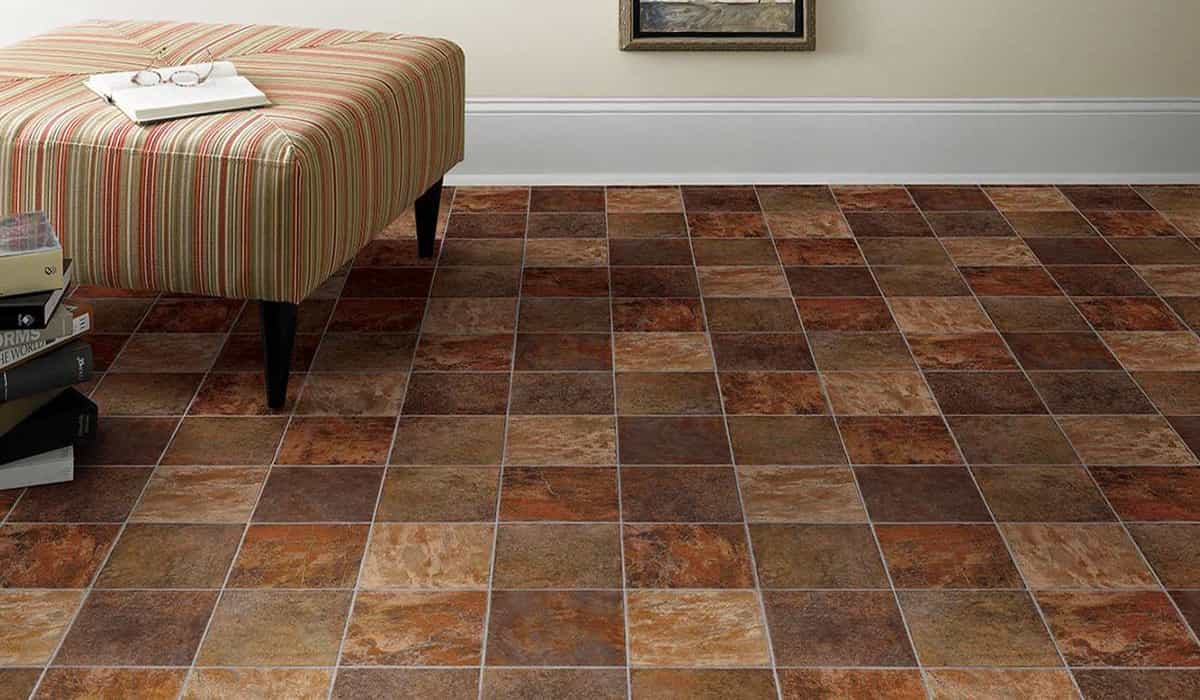 The seams should be filled with a thin set after being taped using fiberglass seam tape. All walls should have their centers measured. Draw a chalk line between each of the two opposing walls to create a cross pattern. On each arm of the cross, place tiles and tile spacers without using cement or grout. Place a small quantity of thin-set mortar on the cement board using your margin trowel or the flat side of your notched trowel. Spread the mortar over the surface while holding the flat side of the notched tile trowel at a 45-degree angle, ensuring that it reaches beyond the tile’s edge. As you carefully press the tile into the thin set, twist it back and forth to press it deeper into the wet thin set. The objective is to fill in any voids and smooth down any ridges in the mortar. Periodically, lift a tile to examine the back for full coverage. To guarantee equal spacing, use tile spacers in the corners as you proceed from one tile to the next. If grout is not adequately sealed after drying, it will absorb moisture. Seal the tile grout using a brush applicator or by spraying the whole tile surface and removing the excess sealant off the tile faces.
The seams should be filled with a thin set after being taped using fiberglass seam tape. All walls should have their centers measured. Draw a chalk line between each of the two opposing walls to create a cross pattern. On each arm of the cross, place tiles and tile spacers without using cement or grout. Place a small quantity of thin-set mortar on the cement board using your margin trowel or the flat side of your notched trowel. Spread the mortar over the surface while holding the flat side of the notched tile trowel at a 45-degree angle, ensuring that it reaches beyond the tile’s edge. As you carefully press the tile into the thin set, twist it back and forth to press it deeper into the wet thin set. The objective is to fill in any voids and smooth down any ridges in the mortar. Periodically, lift a tile to examine the back for full coverage. To guarantee equal spacing, use tile spacers in the corners as you proceed from one tile to the next. If grout is not adequately sealed after drying, it will absorb moisture. Seal the tile grout using a brush applicator or by spraying the whole tile surface and removing the excess sealant off the tile faces. 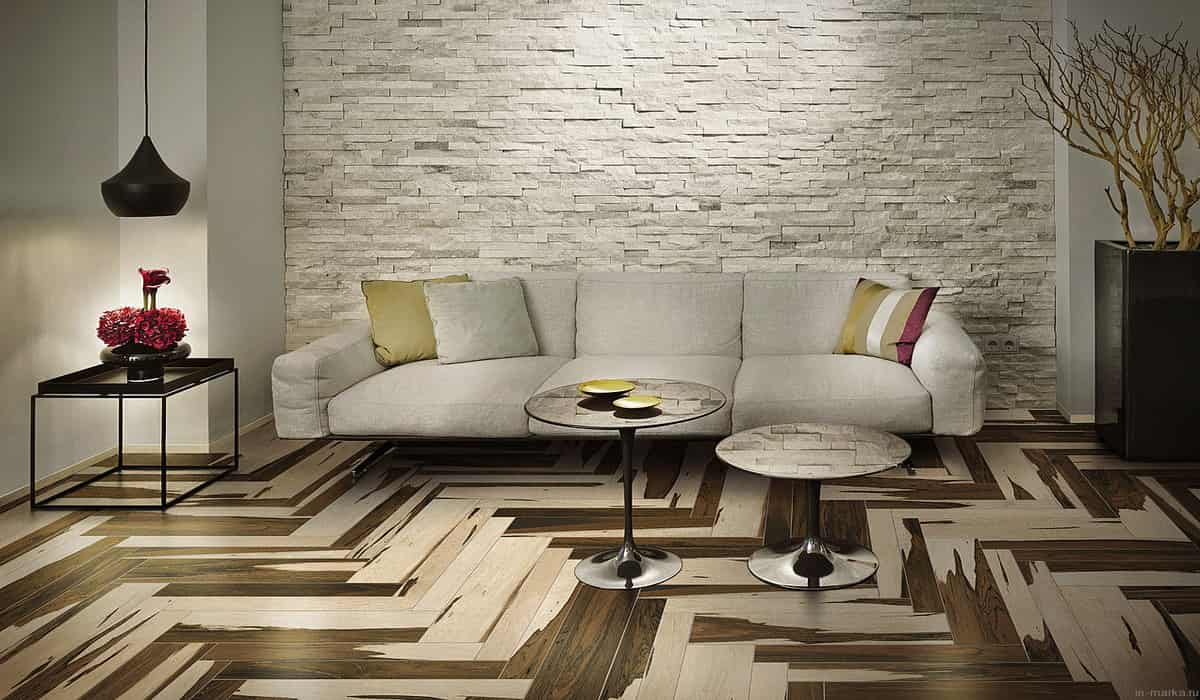
Ceramic tile installation cost
When considering the installation cost of the ceramic tile, it is helpful to be aware of any additional expenses. Two factors that affect the overall cost of tile installation are the square footage and the type of tile employed. Search online for “tile flooring near me” to find the most cost-effective tile. Several factors affect the price of tile installation. Prices may vary from the national average of $1,833 based on project size, manpower, preparation work, tile kind and rating, and installation location. The majority of professionals will base their fees on the square footage of the work area. The bigger the area to be tiled, the cheaper the cost per square foot. To determine the area to be tiled, multiply the length by the width. For example, a 10-by-12-foot area equals 120 square feet. Always overestimate in order to accommodate for broken tiles or awkwardly shaped cuts for wall tile and floor tile too . Generally, labor prices are set by square footage, however certain professionals may charge by the hour. The greater the amount of preparatory work necessary prior to installing tile, the more expensive the operation. In contrast to tiling over old, uneven flooring, placing tile over a smooth, uniform surface needs less effort and preparation.  The removal and replacement of flooring, as well as the restoration of walls and countertops, will raise the total cost of the project. The cost of installation is highly dependent on the type of tile employed. Consider where the tile will be placed, and then choose the tile based on its durability, quality, and optimal application. Certain types of tile are inappropriate for use as flooring, but are good for countertops and backsplashes. A grading system for tiles shows where they should be placed. Class V is the most durable category in the classification system, which goes from Class I to Class V. Additionally, the porosity of tiles may be utilized to categorize them. The quantity of air pockets in a tile is known as its porosity. The porosity of a tile is determined by its glassiness (or vitreous). The absorbency of a glass tile is determined by its porosity. Tiles with a high absorption rate are more suitable for drier environments. The porosity of tiles is separated into four phases. The cost of tile installation will vary depending on the installation location.
The removal and replacement of flooring, as well as the restoration of walls and countertops, will raise the total cost of the project. The cost of installation is highly dependent on the type of tile employed. Consider where the tile will be placed, and then choose the tile based on its durability, quality, and optimal application. Certain types of tile are inappropriate for use as flooring, but are good for countertops and backsplashes. A grading system for tiles shows where they should be placed. Class V is the most durable category in the classification system, which goes from Class I to Class V. Additionally, the porosity of tiles may be utilized to categorize them. The quantity of air pockets in a tile is known as its porosity. The porosity of a tile is determined by its glassiness (or vitreous). The absorbency of a glass tile is determined by its porosity. Tiles with a high absorption rate are more suitable for drier environments. The porosity of tiles is separated into four phases. The cost of tile installation will vary depending on the installation location. 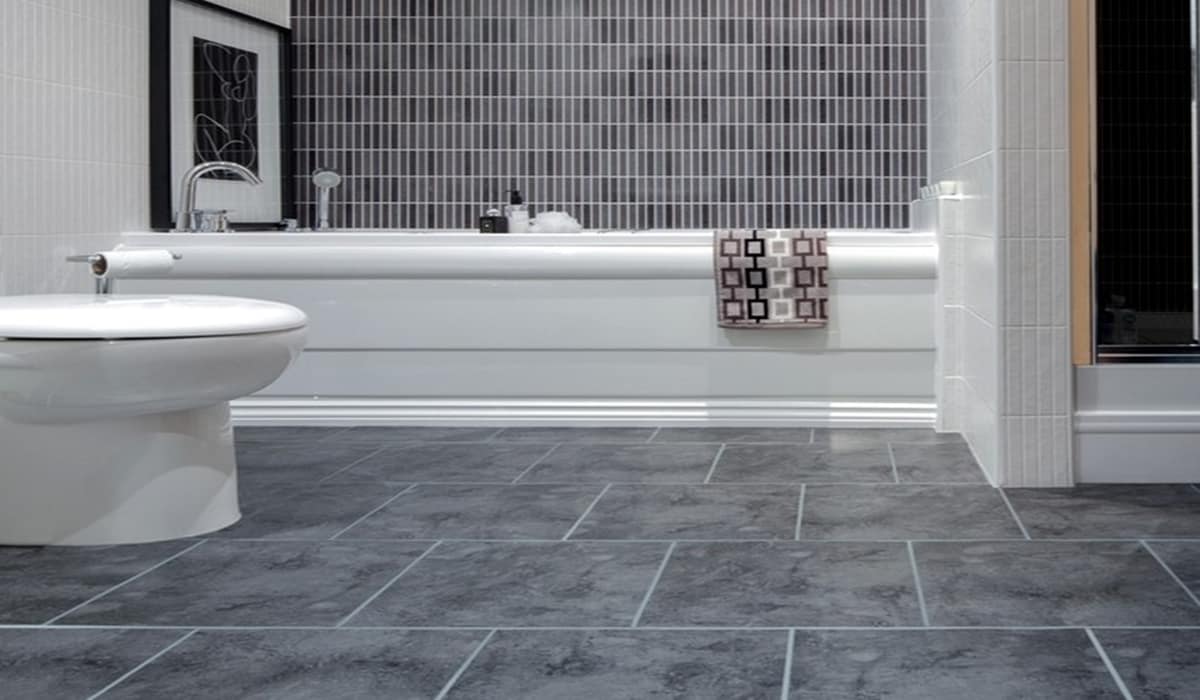 Tile installation for a kitchen backsplash or countertop is typically more expensive than tile installation for a floor. When installing tile in a high-humidity environment or in a location with direct water contact, nonporous tile is essential. Typically, the costlier the tile, the more vitreous it is. You can contact our professional sales managers to get more information on all variations of ceramic tiles and their cost.
Tile installation for a kitchen backsplash or countertop is typically more expensive than tile installation for a floor. When installing tile in a high-humidity environment or in a location with direct water contact, nonporous tile is essential. Typically, the costlier the tile, the more vitreous it is. You can contact our professional sales managers to get more information on all variations of ceramic tiles and their cost.

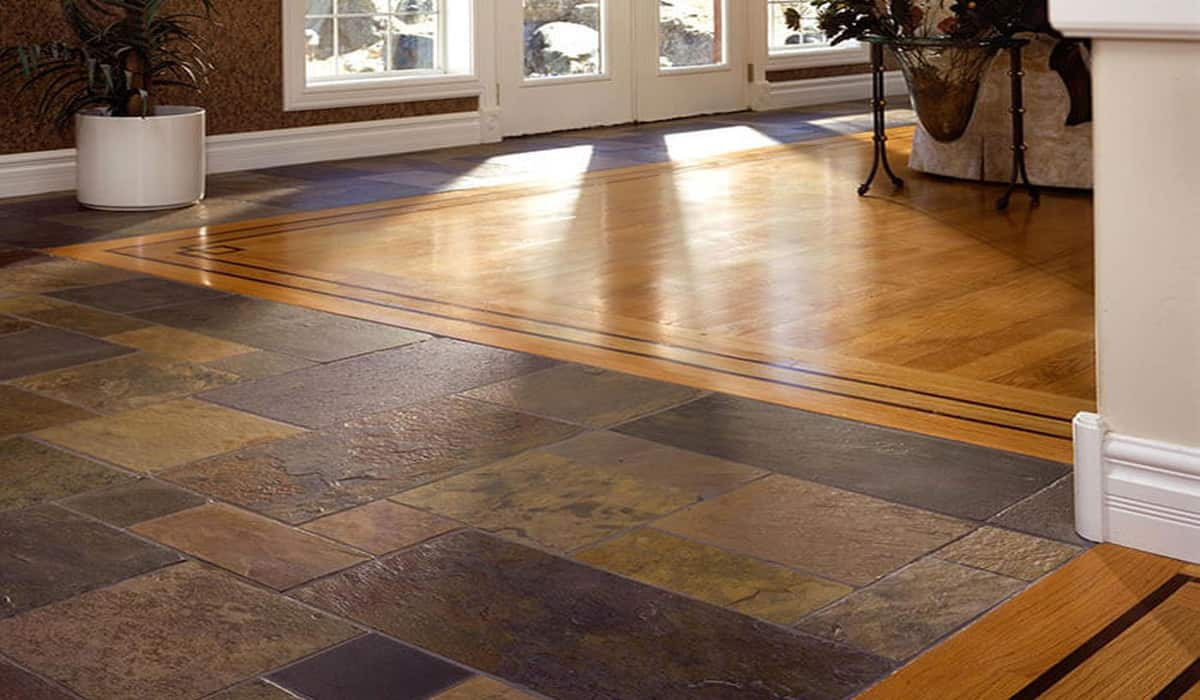












Your comment submitted.